Disclosure: This article contains affiliate links. We may earn a commission from purchases at no extra cost to you, which helps our travel content.
The midnight sun cast an ethereal glow across the Arctic landscape as I stepped off the train at Abisko Turiststation. The station's humble appearance belied the magnificent wilderness that lay beyond - a pristine expanse of tundra, mountains, and crystal lakes that would be my playground for the next week. Having navigated remote corners from Kenya's Masai Mara to Colombia's lost cities, I'm no stranger to solo adventures, but there's something uniquely empowering about standing alone beneath Lapland's infinite summer sky, where darkness never falls and possibilities seem equally limitless.
Preparing for Lapland's Wilderness
Let's be real - Abisko may be accessible by train, but this is still the Arctic Circle we're talking about. Preparation isn't just recommended; it's essential for solo travelers, particularly women navigating this remote landscape alone.
My PR career has taught me that thorough research is the foundation of any successful venture. The same applies here. Before arriving, I spent weeks studying trail maps, weather patterns, and connecting with female travelers who'd ventured here before me. The Abisko terrain demands respect - with rapidly changing weather and limited services once you're on the trails.
Gear selection makes or breaks an Arctic adventure. My hiking boots proved invaluable on the rocky sections of Kungsleden (King's Trail), providing ankle support while keeping my feet dry through boggy patches. Layers are your best friend here - I packed my trusty merino base layers which regulated temperature beautifully even when I worked up a sweat climbing to Njullá mountain's panoramic viewpoint.
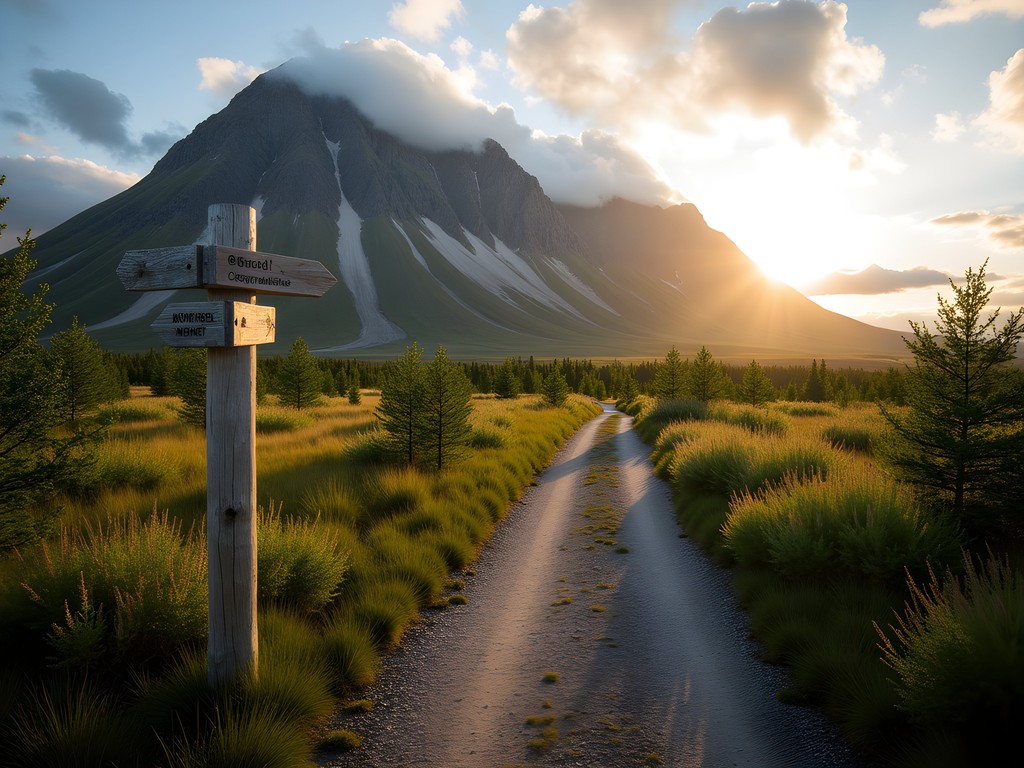
💡 Pro Tips
- Download offline maps of Abisko National Park through the Naturkartan app before arrival
- Register your hiking plans with STF Abisko Mountain Station staff, especially for solo travelers
- Pack a portable water filter - streams are plentiful but not all are safe to drink directly
Navigating the Midnight Sun: Sleep Strategies & Hiking Tips
Nothing prepares you for the disorienting magic of 24-hour daylight. As someone who typically relies on darkness to reset, the perpetual sunlight of Abisko's summer challenged my entire relationship with time. My internal rhythm, usually attuned to Berlin's electronic club beats, struggled to find its tempo in this sunlit symphony.
By day three, I developed a system: blackout eye mask (the sleep mask became my non-negotiable companion) and earplugs transformed my cabin into a cocoon of darkness. I scheduled my hikes during 'night' hours when most tourists retreated to their accommodations, giving me solitude on even the most popular trails.
The midnight hiking experience is transcendent - the golden light bathes the landscape in warm hues, wildlife emerges, and the usual crowds thin dramatically. The Abisko Canyon trail, often bustling during conventional hours, became my private meditation space around 1 AM. The silence, broken only by the rushing waters below and occasional reindeer rustling, created a connection to the landscape that felt almost spiritual.
For solo female travelers concerned about safety, the perpetual daylight actually provides an unexpected advantage - no dark corners, no navigation challenges after sunset, and generally more visibility throughout your adventure.

💡 Pro Tips
- Establish a strict sleep schedule despite the constant daylight to avoid fatigue
- Carry a lightweight trekking poles for stability on uneven terrain
- Hike popular trails between midnight and 4 AM for a more solitary experience
Connecting with Sami Culture: Respectful Engagement
My experiences with Kenya's Maasai communities taught me that authentic cultural exchange requires patience, respect, and genuine curiosity. The same holds true when engaging with the indigenous Sami people of Lapland, whose ancestral lands you're traversing in Abisko.
Rather than viewing cultural experiences as items to check off a travel list, I sought meaningful connections through the Nutti Sámi Siida cultural center just outside the park. Here, I learned about reindeer husbandry practices that have sustained Sami communities for generations, their ongoing land rights struggles, and the impacts of climate change on traditional lifeways.
A guided foraging walk with a local Sami guide revealed the medicinal and culinary uses of Arctic plants I'd been hiking past without recognition. The knowledge of how to harvest Arctic cloudberries (rare summer delicacies) without damaging future growth demonstrated a relationship with the land built over centuries.
For accommodation, I split my time between the convenience of STF Abisko Mountain Station and two nights at a traditional Sami lavvu (similar to a tipi) experience. The lavvu stay, while more rustic without modern amenities, provided insights into traditional dwelling designs perfectly adapted to Arctic conditions. Bring your sleeping bag as bedding is minimal, focusing on authentic experience rather than luxury.
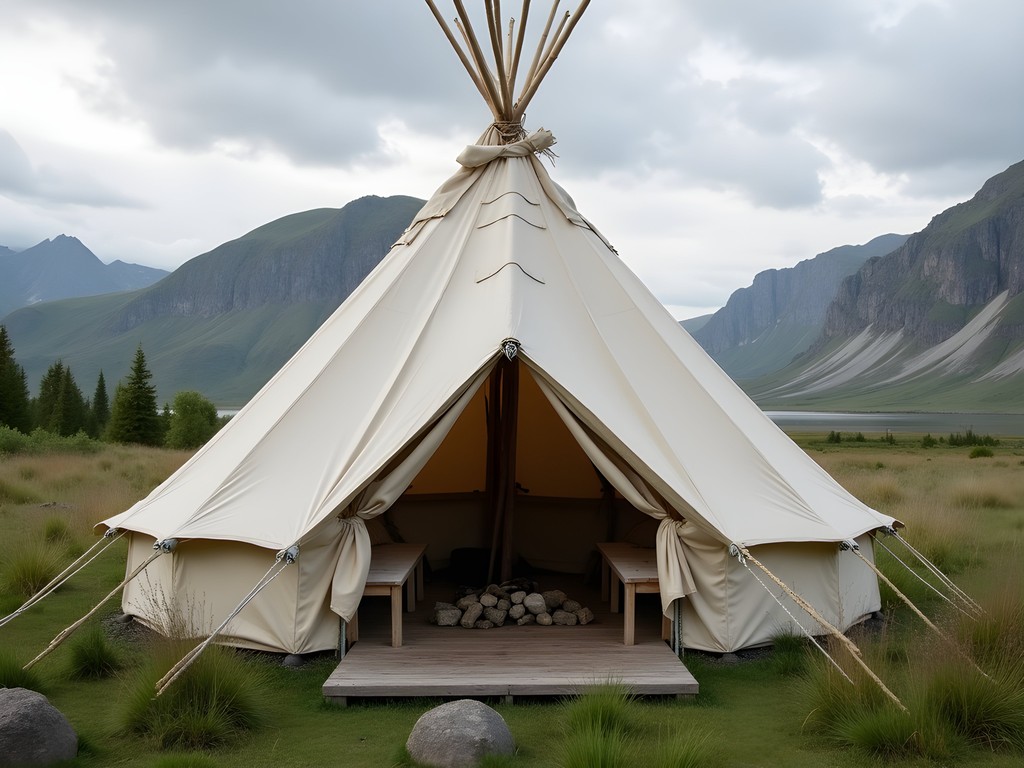
💡 Pro Tips
- Ask permission before photographing Sami people or their reindeer herds
- Purchase authentic handicrafts (duodji) directly from Sami artisans rather than gift shops
- Learn basic phrases in Northern Sami as a sign of respect - 'Bures' (hello) and 'Giitu' (thank you) go a long way
Solo Hiking the Kungsleden: Safety & Trail Recommendations
The Kungsleden (King's Trail) is Sweden's most iconic long-distance path, and while I didn't tackle its entire 440km length, the Abisko section provided the perfect sampler for solo adventurers. The trail infrastructure here strikes that rare balance between wilderness immersion and accessibility that makes it ideal for independent female travelers.
The well-marked path from Abisko Mountain Station to Abiskojaure cabin (about 15km) serves as an excellent day hike or first overnight trek. The terrain varies from gentle forest paths to rocky ascents, but nothing requires technical skills beyond basic fitness and determination. I tracked my journey using the GPS watch which provided peace of mind with its tracking features and impressive battery life.
Solo hikers should utilize the Swedish Tourist Association (STF) cabin system - these basic but comfortable mountain huts spaced along the trail offer safety, community, and shelter without sacrificing the wilderness experience. Each evening, these cabins transform into impromptu international gatherings where solo travelers naturally find community around shared meals and experiences.
For day hikes, I cannot recommend the trail to Trollsjön (Troll Lake) enough. This emerald gem nestled in a dramatic cirque offers the clearest water I've ever seen - so clear that depth perception becomes challenging. The 9km trail from Kårsavagge provides constant visual rewards with moderate effort, perfect for acclimatizing to the terrain.
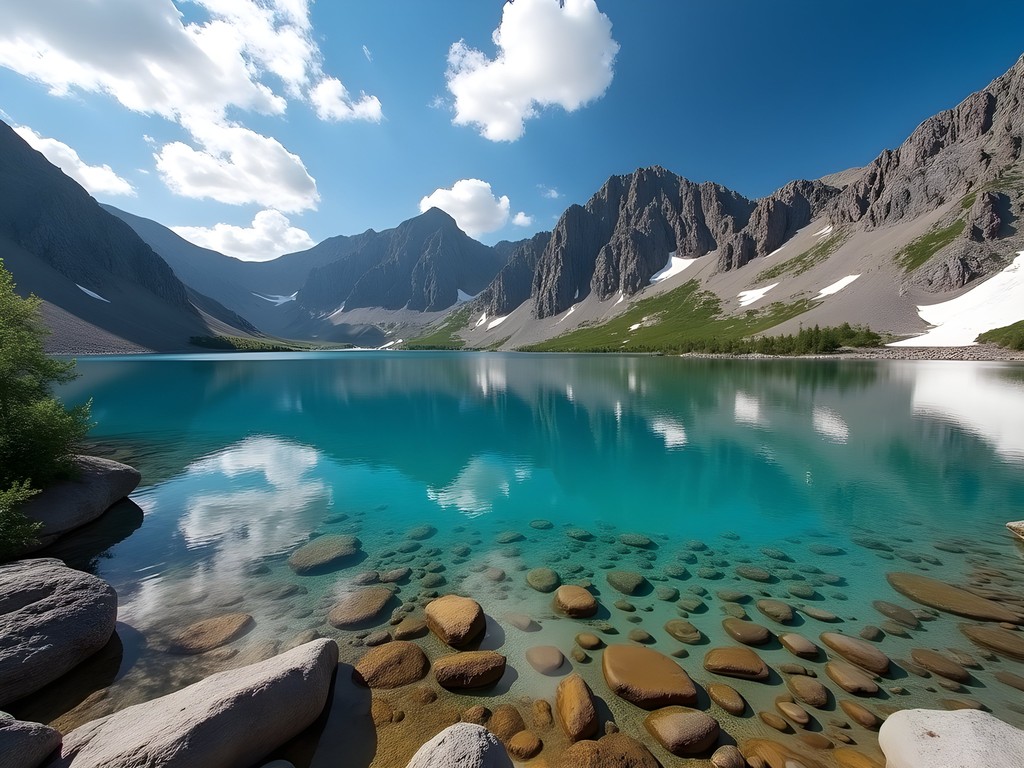
💡 Pro Tips
- Carry the personal locator beacon when hiking solo beyond cell coverage
- Book STF cabin beds in advance during peak season (June-August) as they fill quickly
- Pack lightweight microspikes even in summer - snow patches can persist on higher elevations
Packing Essentials for Arctic Summer Adventures
My years of backpacking across climate extremes taught me that packing for the Arctic summer requires a counterintuitive approach - you need both sun protection and cold weather gear, often within the same day. Temperature swings in Abisko can be dramatic, with pleasant 65°F (18°C) afternoons plummeting to near-freezing nights, even in July.
Layering becomes your superpower. I built my system around a moisture-wicking base layer, insulating mid-layer, and waterproof outer shell. My down jacket packed small but provided essential warmth during chilly morning starts and evening winds. For rain protection (a frequent visitor in the mountains), my rain jacket proved worth every ounce of its weight.
Bug protection is non-negotiable. The infamous Arctic mosquitoes and midges are no exaggeration - they gather in clouds during calm evenings. Beyond standard repellent, I recommend a head net for evenings by the lake and a permethrin-treated long-sleeve shirt for hiking.
Technology requires special consideration in the remote Arctic. My solar charger harnessed the endless daylight to keep devices powered, while a waterproof case protected my camera from the frequent rain showers that sweep through without warning.
Finally, don't underestimate the power of quality footwear. The boggy sections of trail demand waterproof boots, while the rocky portions require solid ankle support. This is not the place to compromise on your hiking boots.
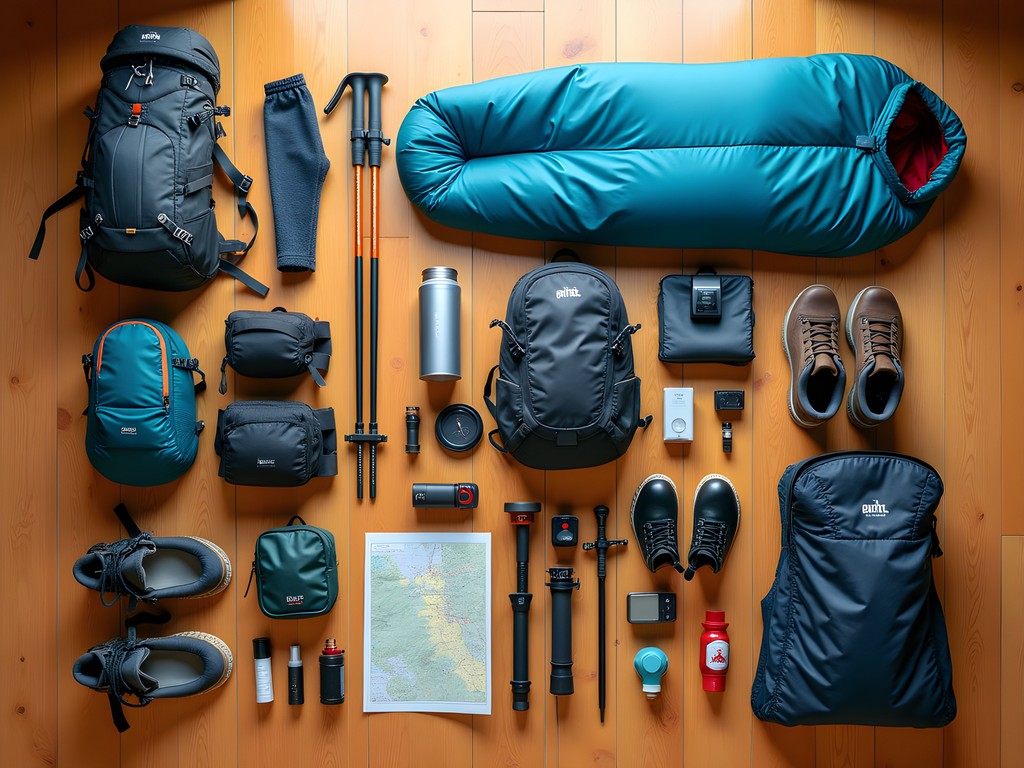
💡 Pro Tips
- Pack a dedicated set of dry sleeping clothes that never leave your backpack except for sleeping
- Bring high-calorie, lightweight snacks - your body burns more energy in the Arctic environment
- Include a repair kit with duct tape, needle and thread - gear repairs are challenging in remote areas
Final Thoughts
As my train pulled away from Abisko Turiststation, I watched the landscape that had been my home for a week slowly recede into the distance. The midnight sun still hung in the sky, casting that same ethereal glow that had greeted me seven days earlier. But I was leaving changed - carrying with me not just memories of breathtaking vistas and pristine wilderness, but a deeper appreciation for the resilience required to thrive in this Arctic environment.
For the solo female traveler, Abisko offers something increasingly rare in our hyperconnected world: genuine wilderness that remains accessible. The well-maintained trails, cabin system, and summer daylight create a unique environment where independence is rewarded with profound natural encounters and personal growth.
The rhythms of this landscape - from the patient Sami reindeer herders who've sustained their culture for generations to the persistent Arctic flora that flourishes despite harsh conditions - remind us that adaptation and respect for natural systems are not just admirable qualities but essential ones.
So pack your layers, lace up your boots, and step into the land of the midnight sun. The trails of Abisko await, ready to challenge and transform you, one solo step at a time.
✨ Key Takeaways
- Abisko offers an ideal balance of wilderness immersion with enough infrastructure for solo safety
- The midnight sun creates unique opportunities for solitary hiking experiences at unusual hours
- Engaging respectfully with Sami culture adds essential context to your wilderness experience
- Proper gear and preparation enable confident solo exploration of this Arctic environment
- The STF cabin system provides both safety and community for solo travelers
📋 Practical Information
Best Time to Visit
Mid-June to mid-August for midnight sun; September for autumn colors and Northern Lights
Budget Estimate
$100-150/day including accommodation, food and activities
Recommended Duration
5-7 days
Difficulty Level
Moderate To Challenging

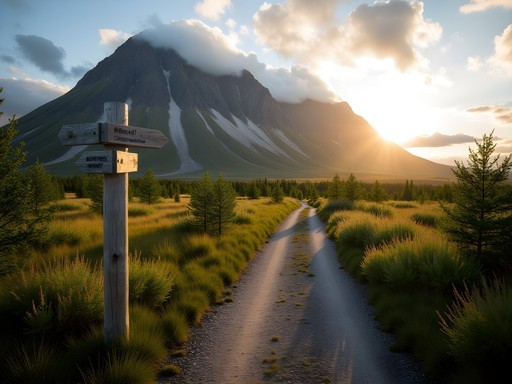
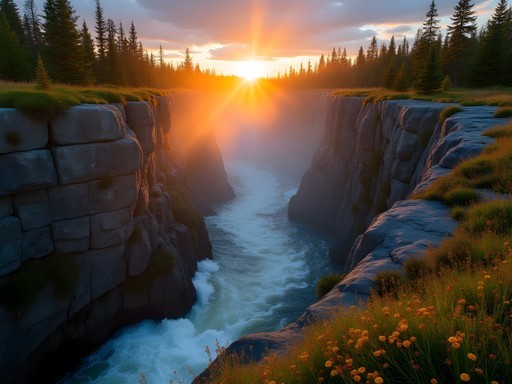
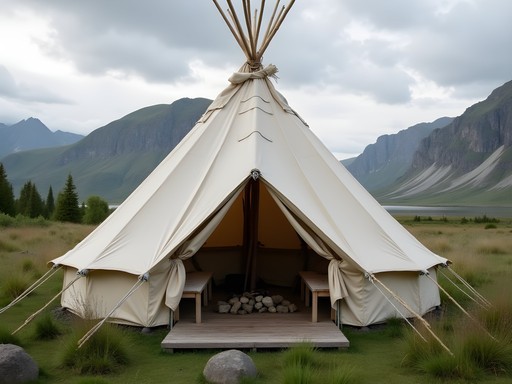
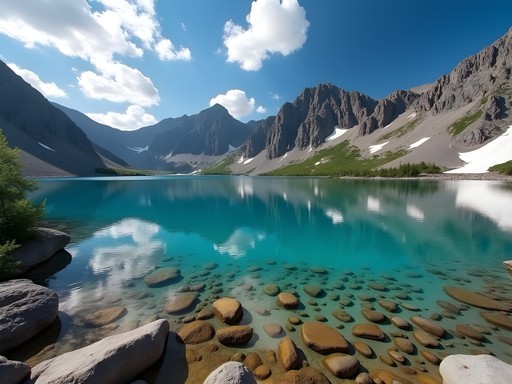
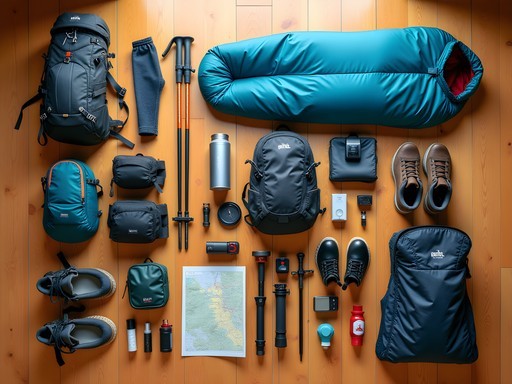


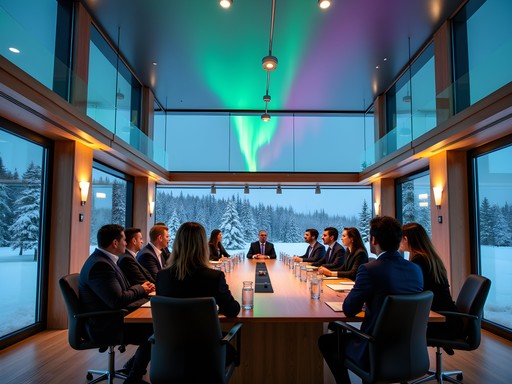
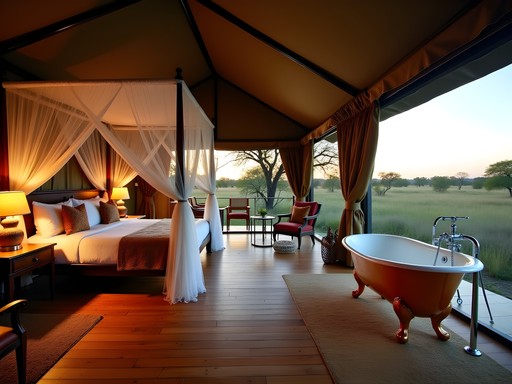
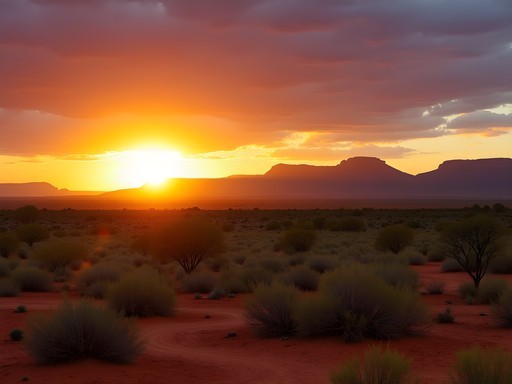



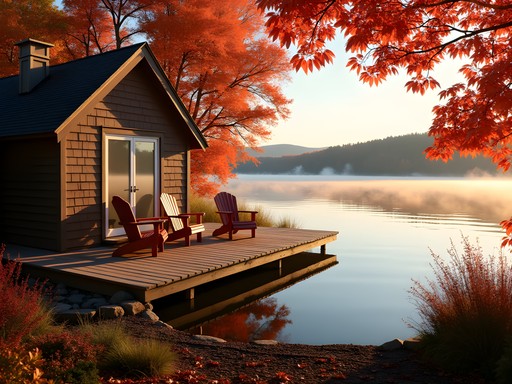
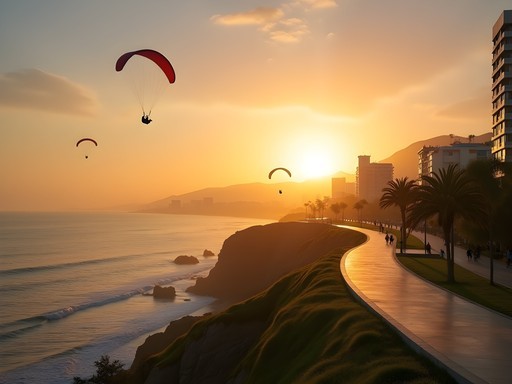
Comments
wanderlustwanderer
Did you see any reindeer? My friend went last year and saw herds of them!
Chase Harper
Yes! Saw several small groups along the trail. They're semi-wild - owned by Sami herders but free-ranging. Keep your distance though - they're not pets!
sunsetace965
OMG THAT MIDNIGHT SUN!!! 🤩 Your photos are giving me life right now. Adding this to my vision board immediately!!
Savannah Torres
Chase, your section on connecting with Sami culture was so respectfully written. When I took my family to Abisko last year, I was concerned about how to engage authentically without being intrusive. We visited the Nutti Sámi Siida in Jukkasjärvi (about 1.5 hours away) which offered a wonderful educational experience for the kids. They got to learn about reindeer herding and traditional crafts directly from Sami guides. Would highly recommend this for anyone wanting to learn more while supporting the indigenous community. Your safety tips for the Kungsleden were spot-on too - we only did day hikes with the children but felt completely prepared thanks to advice like yours.
Chase Harper
That's wonderful to hear, Savannah! Nutti Sámi Siida is such a great recommendation - I wish I'd had time to visit there too. So glad you found ways to engage respectfully with your family!
roamninja
Going there next month! Any tips on what to pack for early October?
Chase Harper
October is getting into winter territory! Definitely pack layers, waterproof everything, and proper winter boots. Temperatures can drop below freezing. The northern lights should be amazing though!
roamninja
Thanks so much! Really hoping to catch the aurora!
Jacob Elliott
Excellent write-up on Abisko, Chase. I was there last summer for a business retreat and can confirm that the sleep strategies are crucial. Your tip about the blackout eye mask saved me - I brought my sleep mask and it was a lifesaver with that constant daylight. The Kungsleden trail section was particularly helpful. Did you find the trail markers sufficient even when hiking solo? I stuck with guided hikes but would consider going solo next time.
Chase Harper
Thanks Jacob! The trail markers on Kungsleden were excellent - big red X's that are easy to spot even in poor visibility. The section from Abisko to Kebnekaise is the most traveled and well-marked. Just make sure to download offline maps as backup!
adventurerider
Can confirm the markers are great! Did the northern section solo last year and never had issues finding my way. The STF huts are also perfectly spaced for day hikes.
photoqueen6644
Those midnight sun photos are absolutely stunning! Bucket list destination for sure.
hikergirl92
Just got back from Abisko last week! For anyone following Chase's amazing guide, I'd add that the mosquitoes in early summer were no joke - bring strong repellent! The Kungsleden trail markers were clear even for a directionally-challenged person like me. The Sami cultural center Chase mentioned has actually expanded their exhibits since this post.
Chase Harper
That's great to hear about the expanded exhibits! And yes, I should have emphasized the mosquito situation more - they can be relentless in early summer. Thanks for the update @hikergirl92!
islandace198
Your sleep strategies for the midnight sun are gold! When I visited Norway last summer, I totally underestimated how the constant daylight would mess with my sleep. Wish I'd had your eye mask tip then. Also appreciate the section on respectful engagement with Sami culture - so important and often overlooked in travel blogs. Did you find the locals receptive to visitors asking questions about their traditions?
Chase Harper
@islandace198 Thank you! The sleep adjustment is real! About the Sami culture - I found that approaching with genuine curiosity and respect made all the difference. The cultural center in Abisko has guides who are very open to questions, but I was careful not to treat anyone's daily life as a tourist attraction. The organized cultural experiences were the best way to learn respectfully.
journeyhero
JUST BOOKED MY TICKETS TO ABISKO FOR NEXT SUMMER!!! Your guide came at the perfect time. As another solo female traveler, I'm so excited to tackle the Kungsleden. Did you feel safe the entire time? Any sections where having a hiking buddy would be better?
Chase Harper
@journeyhero That's fantastic! I felt very safe throughout - there are enough hikers on the trail that you're never truly alone for long, especially in the high season. The only section I'd recommend having company is if you decide to do any significant off-trail exploration. The trail itself is well-traveled and the huts are wonderful gathering spots!
backpacklife
How difficult would you rate the Kungsleden trail for someone with moderate hiking experience? Also wondering what sleeping bag you'd recommend for summer temps there?
Chase Harper
@backpacklife The northern section of Kungsleden from Abisko is actually quite accessible for moderate hikers - well-marked with good infrastructure. For summer, I used my 3-season sleeping bag which was perfect for the cool nights, even in August!
backpacklife
Thanks so much! That's really helpful. Feeling more confident about planning my trip now!
Venture X
Premium card with 2X miles, $300 travel credit, Priority Pass